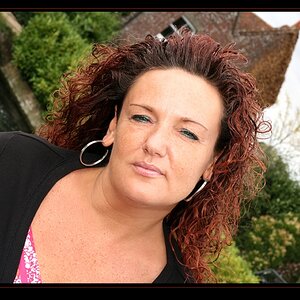Xmetal
No longer a newbie, moving up!
- Joined
- Nov 22, 2004
- Messages
- 2,351
- Reaction score
- 29
- Location
- Newcastle, Australia
- Website
- photobucket.com
- Can others edit my Photos
- Photos OK to edit
Just me again
I'd love to know how to take shots like this...

The only thing I know would be to point the camera south (don't forget i'm in Great Southern Aussieland), aim for the sky and lock the shutter open.
Now the things I want to know is:
- What film should I use?
- Wide Angle Lens? What appeture setting? (my W-A is 35-70mm, f2.8-22)
- How long should I leave the shutter open for?
- should i worry about condensation or other weather-related issues?
I'm guessing that covers everything....
Thanks in advance for any assistance! :sillysmi:
I'd love to know how to take shots like this...

The only thing I know would be to point the camera south (don't forget i'm in Great Southern Aussieland), aim for the sky and lock the shutter open.
Now the things I want to know is:
- What film should I use?
- Wide Angle Lens? What appeture setting? (my W-A is 35-70mm, f2.8-22)
- How long should I leave the shutter open for?
- should i worry about condensation or other weather-related issues?
I'm guessing that covers everything....
Thanks in advance for any assistance! :sillysmi:


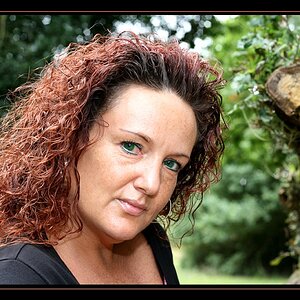
![[No title]](/data/xfmg/thumbnail/37/37604-7ad625e983f92f880eb65a264eeef5e4.jpg?1619738148)
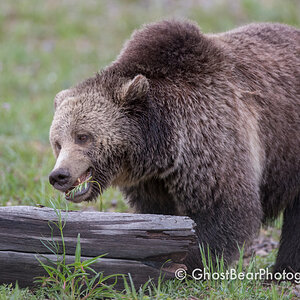


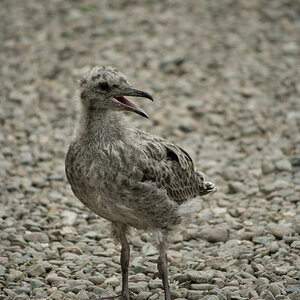
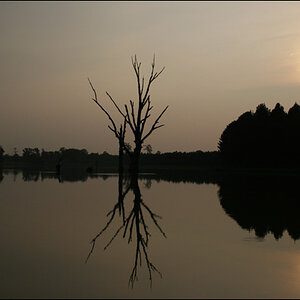
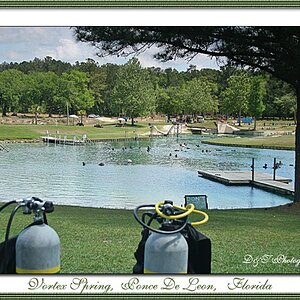

![[No title]](/data/xfmg/thumbnail/37/37602-1ef8dbb1c2d0e4ff347ee65d328c3603.jpg?1619738147)

